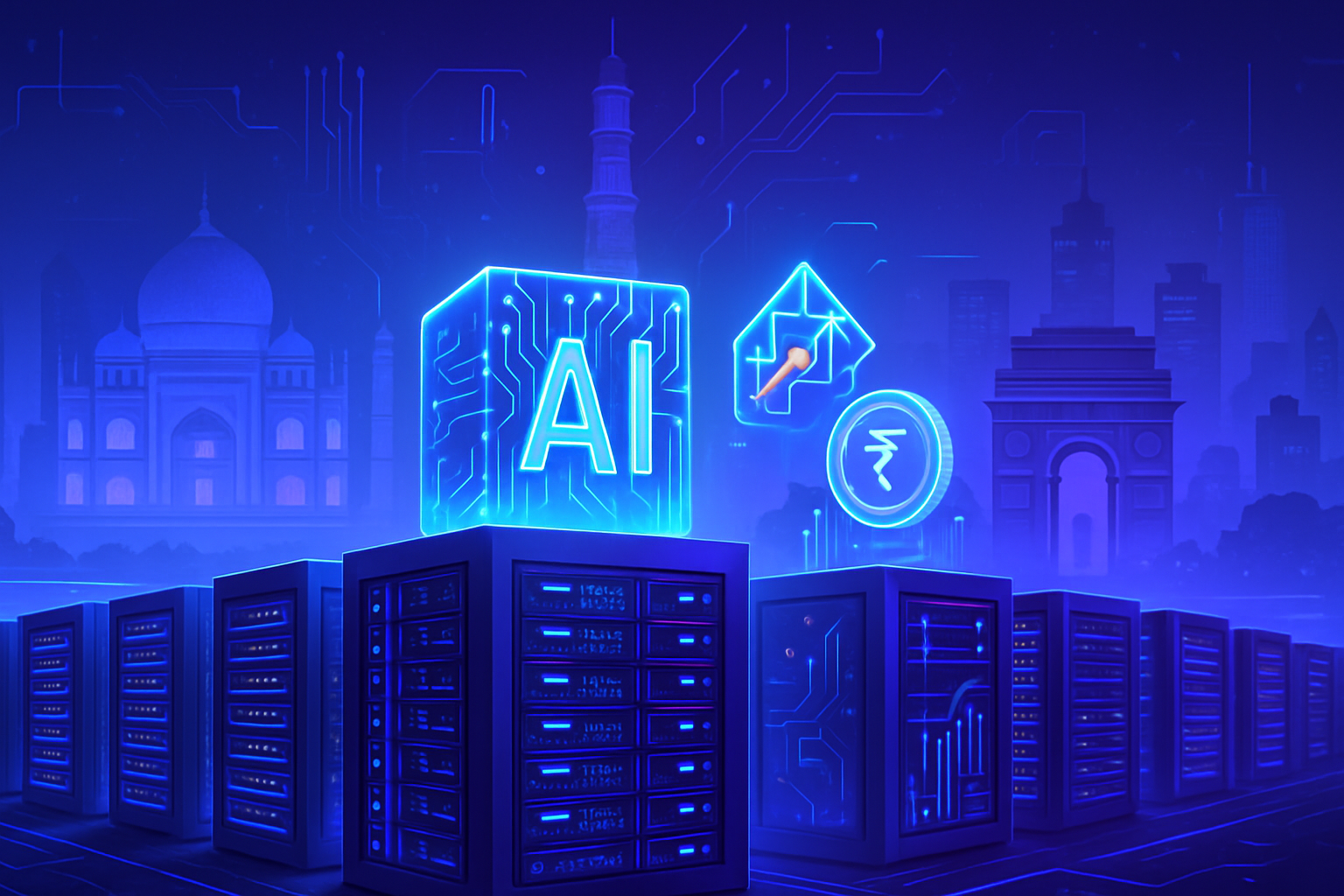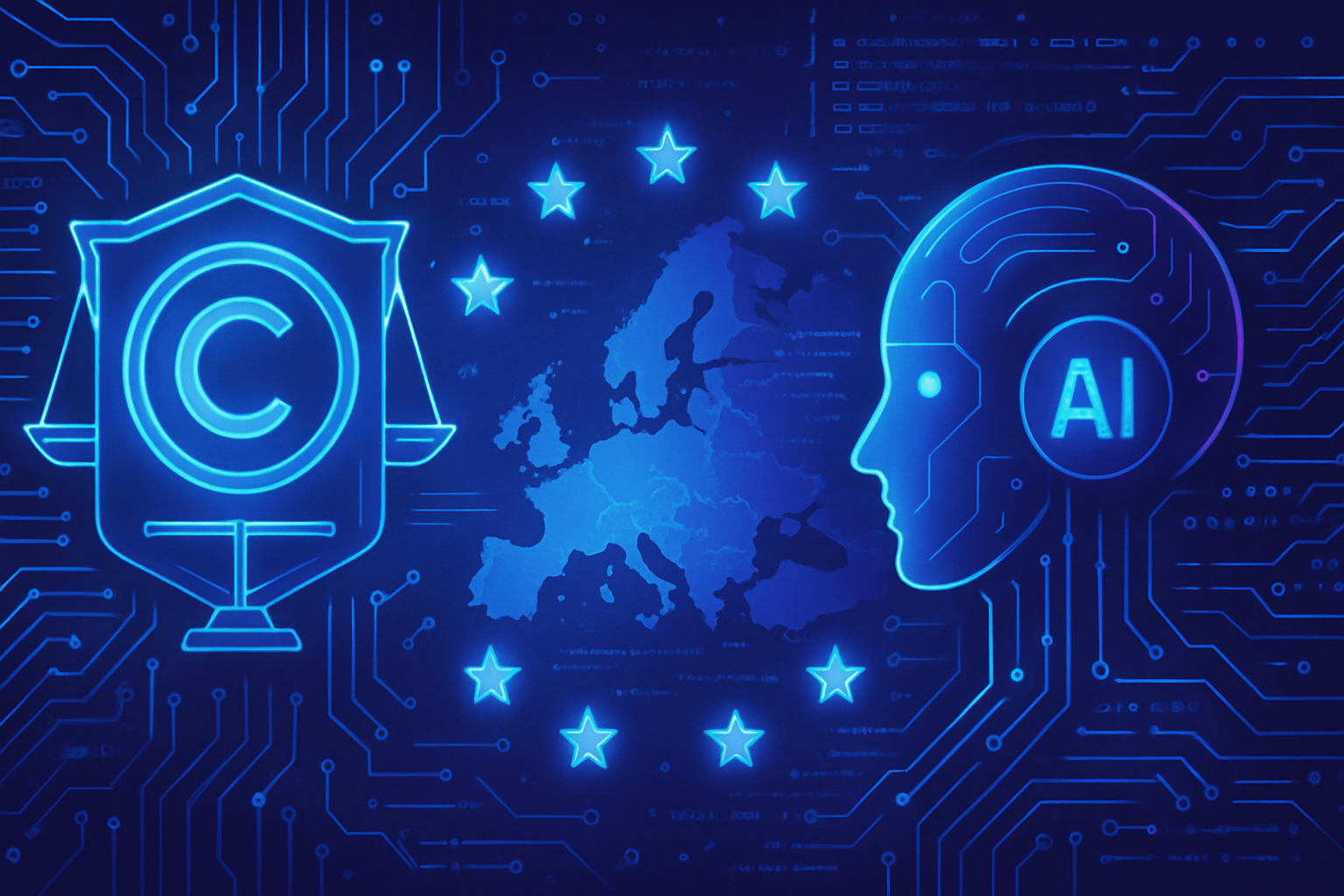Accelerating AI represents a major intellectual challenge. The principles of *physics*, often considered scientific foundations, hold potential solutions for enhancing artificial intelligence. By integrating these concepts, researchers are discovering innovative methods to strengthen the effectiveness of algorithms.
*The synergy between physics and AI transforms scientific research.* From complex calculations to easy simulations, physics opens unsuspected avenues, allowing for an expansion of the spectrum of AI applications in various fields. By leveraging the theories of *dynamics* and *quantum mechanics*, research teams are able to design more efficient systems.
*Optimizing learning processes remains a top priority.* The introduction of these physical principles offers a deeper understanding of the data processed by AI. Their interactions, often mysterious, are becoming more transparent thanks to this integrated approach.
The principles of physics serving artificial intelligence
The interaction between physics and artificial intelligence (AI) promises to accelerate and improve the development of intelligent systems. Researchers are striving to incorporate fundamental physical concepts into the design of AI algorithms. These approaches embrace both quantum mechanics and thermodynamic theories.
Toward a new era of AI
A deep understanding of the laws of nature allows for the optimization of AI model functioning. By relying on physical simulations, scientists reveal how these laws can influence machine learning. Models based on these physical principles not only improve efficiency but also reduce computational costs.
Practical applications of studies in physics
Concrete applications derived from this synergy appear in many fields. For example, advances in medical imaging are observed through the integration of physics-inspired signal processing models. These innovations allow for unprecedented precision in image analysis, thus giving new momentum to medical research.
Optimization of machine learning algorithms
Machine learning algorithms gain robustness by integrating the principles of thermodynamics. The idea of minimizing energy during the learning process applies here. Kinetic efficiency is thus explored to reduce overfitting and improve the overall performance of models.
The challenge of understanding complex data
Physics also offers tools for deciphering the complexities of massive data. The use of neural networks inspired by dynamical systems helps scientists understand causal relationships in heterogeneous data sets. These approaches promote better interpretation and utilization of the results from AI algorithms.
Technological advancements and ethics
This convergence paves the way for innovations while raising ethical questions. The implications of such technological advancements spark significant debates on the fundamental responsibilities of AI designers. Researchers advocate for serious contemplation of the human impact of these developments.
Framing the use of AI with physics
Framing AI systems through physical principles could become a key vector in regulating the field. Establishing standards based on physical models would ensure the safety and efficiency of AIs deployed in critical environments, such as industry or healthcare.
Future perspectives
Futuristic projections evoke an increasingly sophisticated AI, integrating discoveries in physics to solve complex problems. Researchers envision exploiting even more integrated models that could catalyze remarkable advancements across diverse disciplines, from sustainable energy to predictive medicine.
The challenges remain numerous, but the benefits of such interconnectivity seem promising. Opportunities for multidisciplinary collaborations enhance the potential impact of AI, ultimately transforming the global scientific landscape.
Frequently asked questions
How can the principles of physics contribute to the improvement of AI?
The principles of physics, such as those used in thermodynamics and dynamics, allow for the modeling of complex systems, thus optimizing AI algorithms to make them more efficient and effective.
What types of physical data can be used to train AI models?
Diverse data such as quantitative measurements, images of physical phenomena, and videos of laboratory experiments can be integrated to enrich AI models.
How can AI enhance simulations in physics?
AI can optimize simulations by reducing the necessary computation time and suggesting experimental parameters to test, thereby increasing the speed and efficiency of research in physics.
What is the role of machine learning in physics-based AI?
Machine learning enables AI to learn physical models from historical data, identify trends, and improve the accuracy of predictions in various scientific contexts.
Can AI be used to discover new physical laws?
Yes, AI algorithms can analyze experimental data to identify unexpected relationships or patterns that could lead to the discovery of new laws or physical theories.
What are the limitations of AI in the field of physics?
Although AI can process large volumes of data and establish correlations, it does not replace human reasoning and the deep understanding necessary to validate new physical theories.
How do researchers collaborate with AI to advance their physical studies?
Researchers work in tandem with AI, utilizing AI’s advanced analysis tools to process data while maintaining an active role in designing experiments and interpreting results.






